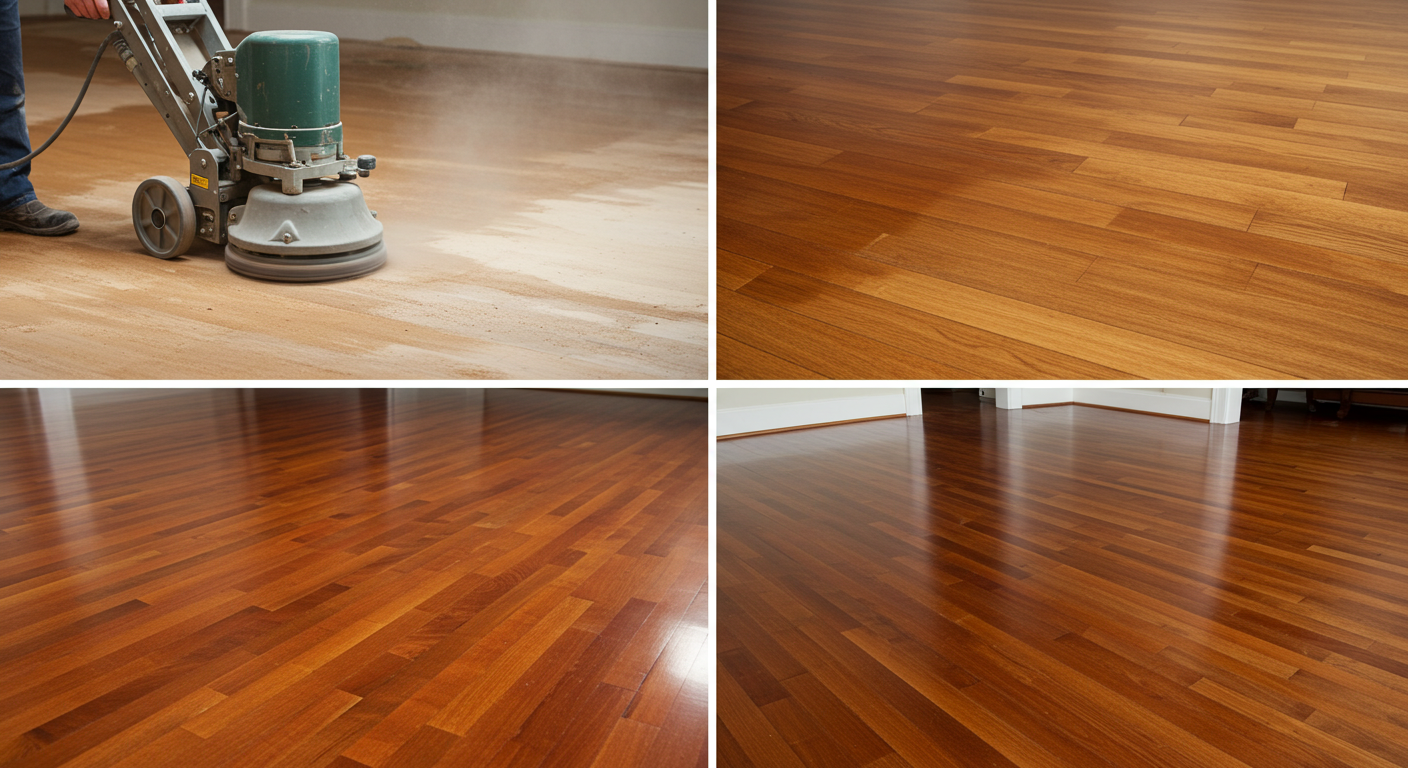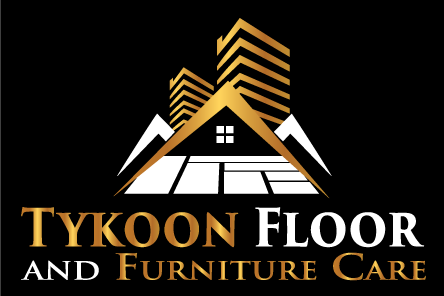
When to Refinish vs. Replace Your Floors
Not sure whether your hardwood floors need refinishing or complete replacement? We'll help you decide with this guide.
Assessing Your Current Floor Condition
The first step in determining whether to refinish or replace your floors is to assess their current condition. Look for signs of damage, wear patterns, and structural issues. Surface scratches, dullness, and minor discoloration can typically be addressed with refinishing, while deep gouges, warping, extensive water damage, or significant structural problems may require replacement.
Signs Your Floors Need Refinishing
Refinishing is usually sufficient when your floors have cosmetic issues but are still structurally sound. Look for these signs:
- Surface scratches and scuffs
- Dull or worn finish
- Minor discoloration or fading
- Light water spots that haven't penetrated the wood
- General appearance of aging but no deep damage
When Replacement Might Be Necessary
Complete replacement is typically needed when floors have significant structural damage:
- Deep gouges or cracks that go through the wood
- Significant warping or cupping
- Extensive water damage that has caused rot or mold
- Squeaky or loose boards that indicate subfloor issues
- Damage that covers more than 25% of the floor surface
Considering the Age and Thickness of Your Floors
Solid hardwood floors can typically be refinished multiple times, but there are limits. Each sanding removes a layer of wood, so very old floors that have been refinished several times may not have enough thickness left for another refinishing. Engineered hardwood floors have even less refinishing potential, often limited to just 1-2 times depending on the thickness of the top veneer layer.
Cost Comparison
Refinishing is significantly less expensive than replacement, typically costing $3-8 per square foot compared to $8-15+ per square foot for new installation. However, if your floors need replacement soon anyway, investing in refinishing might not be cost-effective in the long run.
Time and Disruption Factors
Refinishing is much quicker and less disruptive than replacement. A professional refinishing job typically takes 2-5 days, while complete replacement can take 1-2 weeks or longer. Consider your lifestyle and how much disruption you can tolerate when making your decision.
Aesthetic Considerations
If you love the character and patina of your existing hardwood floors, refinishing allows you to preserve this unique beauty while refreshing the appearance. However, if you want to completely change the wood species, color, or plank width, replacement offers more design flexibility.
Environmental Impact
From an environmental perspective, refinishing is the greener option as it reuses existing materials. Replacement generates more waste and consumes more resources. If sustainability is important to you, refinishing is the more eco-friendly choice when it's a viable option.
Getting a Professional Opinion
Sometimes it's difficult to accurately assess floor damage yourself. A professional flooring contractor can provide valuable insight into whether your floors can be salvaged through refinishing or if replacement is the better option. They can also give you accurate cost estimates for both options.
Making the Final Decision
When deciding between refinishing and replacement, consider the overall condition of your floors, your budget, timeline, aesthetic preferences, and long-term plans for your home. If your floors are structurally sound with only cosmetic damage, refinishing is usually the most practical and cost-effective solution. If there's significant structural damage or you want to completely change the look of your floors, replacement might be the better investment.
Need Professional Floor Assessment?
If you're unsure whether your floors need refinishing or replacement, Tykoon Floor & Furniture Care can help. Contact us today for a free consultation and accurate assessment.
Get Free Quote via WhatsApp